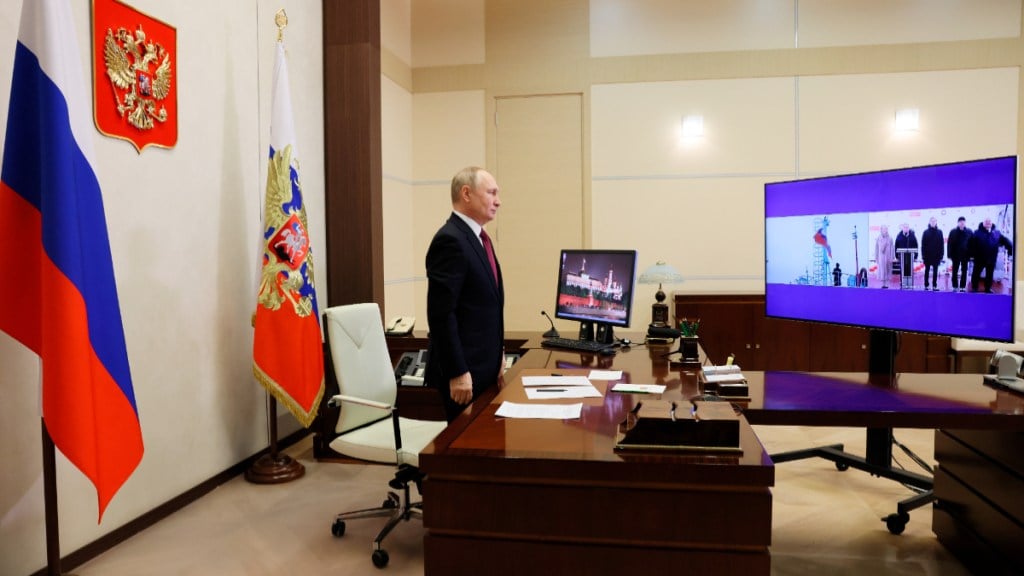Since February 24, 2022, there is no event this year that has had more impact on the world economy than the war in Ukraine. Energy prices skyrocketed to $140 a barrel before falling to current levels of $84 a barrel. The war unleashed the spectre of a full-blown global food crisis—with prices of wheat and other essentials spiraling up—that still threatens the food security of many developing countries. High energy and food prices triggered unrest in over 90 countries. Yet, a year on, a sense of cautious optimism has surfaced over global economic prospects as adverse risks due to the conflict have moderated. If agencies like the IMF expected one-third of the world economy to be in recession—reminiscent of the 1970s due to the oil shocks—that threat has receded with a upward re-rating of global growth, projected at 2.9% this year and 3.1% in 2024. Like with oil, gas prices, too, have hit the lowest levels amid signs that Europe has weaned itself off Russian gas on which it depended heavily. This has led to expectations that the Continent might experience only a shallow recession or could avoid a contraction. There is also a faster-than-expected recovery in China due to its reversal of zero-Covid policies. But there is a slowdown in the biggest economies and the balance of risk remains tilted to the downside. The world economy clearly has a huge stake in a negotiated end to the year-long conflict.
Disturbingly, however, the end game of the conflict remains elusive amidst signs of dangerous escalation. Ahead of the war’s anniversary, US president Joseph Biden’s visit to Kyiv definitely signaled to the Ukrainian people of America’s unwavering support “for as long as it takes”. President Biden pledged assistance of artillery ammunition, anti-armour systems and air surveillance radars. Ukraine had earlier received a US commitment to supply Abrams tanks but its requests for F-16 fighter aircraft has not yet been acceded to. Although the war exemplifies the changing characteristics of conflict with its use of drones and satellite imagery, it also bears the hallmark of 20th century warfare with artillery barrages and use of tanks to punch through enemy defences. There has been a high consumption of conventional munitions with Ukrainian forces firing 5,000 artillery rounds daily while Russia is consuming four times that amount according to the Financial Times. Although US aid strengthens Ukraine, there is a danger of the war entering a perilous phase if Russia secures armaments from China. “Western arms supplies force us to push the threat away from the border” stated Russian president Vladimir Putin in his state of the union address, adding that it is “impossible to defeat Russia on the battlefield”.
The upshot is that prospects for a negotiated end to the conflict in Ukraine are bleak. Wars end only when both sides silence their guns as they cannot achieve their military objectives. With its stunning counter-offensives, Ukraine feels that it has the military edge to secure a withdrawal of Russian forces from its territory. But this is difficult as it would need the Russian military to collapse. While Russia gears up for an all-out spring offensive, it is equally difficult for it to overrun Ukraine as its so-called special military operation has gone on unsuccessfully for a year and impacted the world as no other event has in recent memory.


